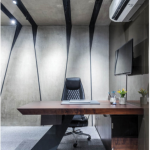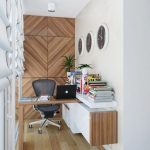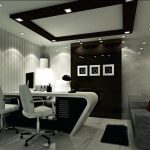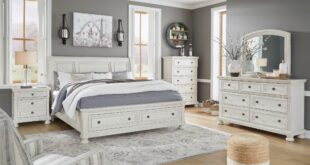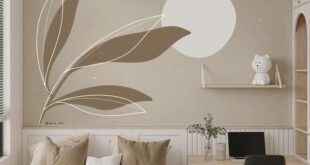When designing a small office space, it is important to maximize every square foot in order to create a functional and inviting work environment. One key aspect of small office design is the layout of the space. It is important to carefully plan the placement of furniture and other elements in order to optimize the flow of the space and make the most of the available room. Consider using modular furniture that can be rearranged easily to accommodate different needs and activities throughout the day.
In addition to layout, lighting plays a crucial role in small office design. Natural light is ideal for creating a bright and welcoming atmosphere, so try to position workstations near windows or use translucent materials to allow light to filter through the space. In areas where natural light is limited, consider using a combination of overhead lighting, task lighting, and ambient lighting to ensure that the space is well-illuminated and conducive to productivity.
Storage is another key consideration when designing a small office space. Clutter can quickly make a small space feel cramped and disorganized, so it is important to incorporate smart storage solutions into the design. Consider using vertical storage options such as shelving or wall-mounted cabinets to free up floor space and keep clutter at bay. You can also use multifunctional furniture pieces, such as desks with built-in storage or ottomans that double as filing cabinets, to maximize storage while minimizing the footprint of furniture.
Color selection is an important aspect of small office design, as different colors can have a significant impact on the mood and productivity of employees. Consider using light, neutral colors on the walls and furniture to create a sense of openness and airiness in the space. You can then add pops of color through accents such as artwork, textiles, or accessories to inject personality and warmth into the design. Be mindful of the psychological effects of different colors – for example, blue is known to promote focus and productivity, while green can create a calming and harmonious work environment.
When it comes to furniture selection, choose pieces that are appropriately scaled to the size of the space. Oversized furniture can overwhelm a small office and make it feel cramped, while sleek and streamlined pieces can help to open up the room and create a more spacious feel. Consider investing in ergonomic furniture that prioritizes comfort and functionality, as employees who are comfortable at work are likely to be more productive and engaged. Additionally, consider incorporating flexible furniture options that can be easily reconfigured to accommodate different work styles and tasks throughout the day.
 bebadesign Interior Design Ideas
bebadesign Interior Design Ideas




